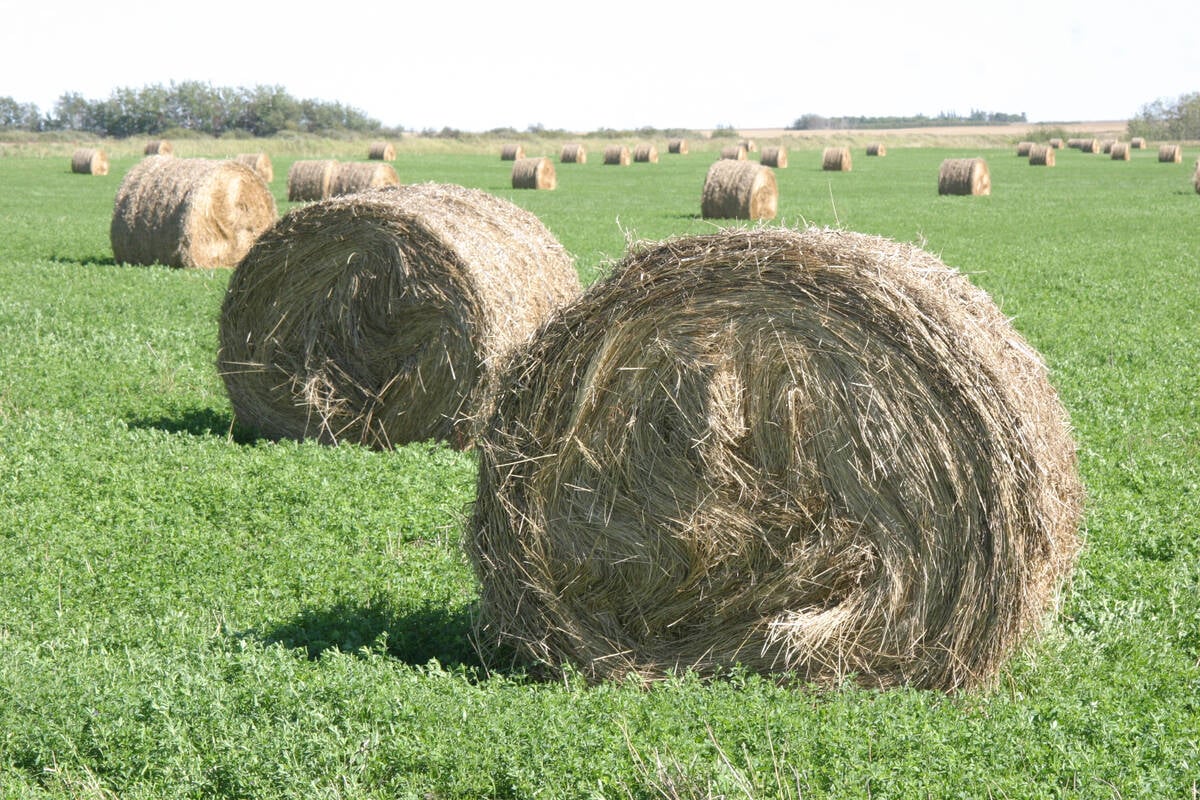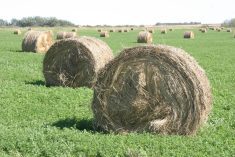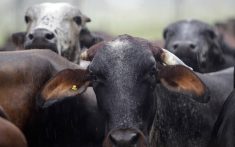DENVER, Colo. – Market analysts are wondering when U.S. cattle producers might take the bait and start expanding their herds.
Record prices are predicted for all classes of cattle in the next four years.
A decade of liquidation may stop soon, but a rebound depends on many factors, Cattlefax’s Kevin Good told the National Cattlemen’s Beef Association convention held Feb. 2-5 in Denver.
A U.S. Department of Agriculture census for Jan. 1 reported a one percent decline in the beef herd to 30.9 million cows.
Read Also

Breaking down successful winter feeding into six steps
It’s that time of year when it is important to start planning for a cow herd’s winter feeding program. Here are six steps I think are necessary to consider when getting your feed tested.
The dairy herd increased one percent to nine million cows.
The 2010 calf crop was estimated at 35.7 million, also down from the previous year. It is the smallest calf crop since 1950.
“What does that mean for our packing segment?” Good said.
There could be one million fewer cows in 2012 and consequently fewer calves.
While the fed market is producing profits that encourage cow retention and herd rebuilding, producers can’t ignore record cow prices that hit 64 cents per pound in January due to excellent demend for grinding meat.
“With that high salvage value for that cow, that tends to be an incentive to keep sending those cows to town,” he said.
The percentage of heifers going on feed was down slightly, but no one is sure if that is a trend. Thirty-seven percent were slaughtered last year, and 33 percent have been placed in feedlots so far this year.
The per capita beef supply in the United States is steadily dropping, said Cattlefax chief executive officer Randy Blach. It was nearly 60 lb. last year and is expected to be 58 lb. this year and 55 lb. by 2012.
Beef consumption is 60 lb. per person but chicken is 80 lb.
Wholesale beef prices have increased and it is hard to know how much more consumers will spend to buy beef. For example, wholesale trim increased to $162 per hundredweight last year from $140 in 2007. It could go up another $20 this year.
The loin, where most of the higher quality cuts come from, increased to $233 per cwt. last year from $213 in 2007.
Record cattle prices are anticipated, but producers can expect high expenses.
Cow-calf producers will enjoy considerable profitability but feedlots will have much higher breakevens and tighter margins. Calves bought to put on feed will cost $1.40 per lb. and the corn to feed them will cost $5 to $7 per bushel.
And calf costs are rising. Cattlefax predicts that a 500 lb. calf that costs $140 per cwt. this year might reach $175 by 2015. Finished cattle could average $105 per cwt. this year and climb to $120 by 2015.
Land values are also climbing and it is becoming more profitable to convert pasture into cropland.
Credit is tight so it will cost more money to operate. Risk management tools and business objectives are a must, said Blach.
The cattle feeding sector will need 20 to 30 percent more credit to operate compared to three years ago.
“As we think about these record high prices, it doesn’t necessarily mean record high profits,” said Blach.















